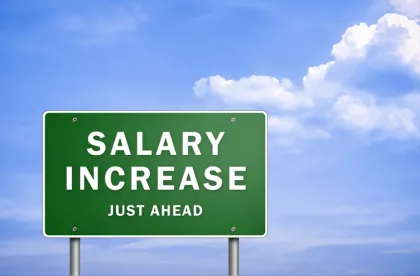This week’s stories include ...
(1) Washington State Adopts “Ban the Box” Legislation
Our top story: Washington State “bans the box.” With the governor's signature, Washington becomes the 11th state to extend background check reform to private employers. The state’s Fair Chance Act (“FCA”) prohibits employers from obtaining criminal background check information until after the applicant has met basic qualifications for a job. The FCA also prevents employers from automatically excluding applicants with a criminal record. Thirty-one states and more than 150 cities and counties nationwide have now adopted similar “ban the box” legislation for either public or private employers. Katrina Walasik, from Epstein Becker Green, has more:
“Instead of viewing ‘ban the box’ legislation as a hindrance, employers should use this as an opportunity to conduct their due diligence and ensure that the job descriptions for the positions for which they are hiring completely and accurately describe the duties and responsibilities required of that position. Through the implementation of ‘ban the box’ legislation, these job descriptions will become increasingly important in determining whether or not an applicant is, in fact, qualified for the position before an employer actually takes a look at their criminal histories. Additionally, it is significant for an employer to have accurate job descriptions for a variety of legal reasons.”
Watch the extended interview here.
(2) Circuit Court Vacates Decision Based on New NYCHRL Standard
There is a new lower standard for punitive damages under the New York City Human Rights Law (“NYCHRL”). The U.S. Court of Appeals for the Second Circuit held that the legal standard for awarding punitive damages under the NYCHRL is more liberal than the federal standard under Title VII of the Civil Rights Act of 1964. The Second Circuit applied a ruling from New York State’s highest court on a certified question. The district court in this case had instructed the jury to apply the federal standard. The Second Circuit remanded the case for a determination based on the new standard under the New York City law.
(3) NLRB Extends Deadline for Comments on Union Election Rule
The National Labor Relations Board (“Board”) has once again extended the deadline for comments on the so-called “ambush election rule,” adopted in 2014. Employers now have until April 28 to submit feedback. The Board is seeking data and comments and may consider whether the amended rule should be modified, rescinded, or left as is. The Board first announced that it would solicit public comments in December, when Republicans made up the Board majority. Earlier this month, a Senate committee approved President Trump’s nomination of management lawyer John Ring to the Board. His confirmation by the full Senate would return the Board to a 3-2 Republican majority.
(4) Harassment Allegations Bring Down The Weinstein Company
In February, New York Attorney General Eric Schneiderman filed a civil rights lawsuit against Harvey Weinstein and his company. This came amidst similar lawsuits that accused the company of aiding and abetting Weinstein’s behavior. The lawsuits and related accusations caused a group of investors who were interested in buying the company to pull out. On March 19, the company filed for bankruptcy protection and released anyone “who suffered or witnessed any form of sexual misconduct by Harvey Weinstein” from nondisclosure agreements.
(5) Tip of the Week
Diane DiResta, President of DiResta Communications, Inc., shares some tips for "getting to the point" in communications:
“When you get to the point, you increase your credibility and your clarity. When you have more credibility, when you sound like you know what you're talking about, people trust you. And when your message is clear, it gets through. So, how do you get to the point? Well, the first thing is to be prepared. Don't wing it. Secondly, have the end in mind. Start with your goal or your purpose, because when you know your purpose and you veer off, you'll be reminded of why you're there, and you'll be able to get back to the point. Now, for those of you who use PowerPoint, here's an exercise I use with my clients. For every slide, summarize it in one sentence. And if you can't do that, I know that you're not clear about the message. Another thing to keep in mind is that too many times, people get mired in the details. So, start at a high level, at the 30,000-foot view. Headlines first, details follow. So don't get involved in a story. Because, remember, it's not everything you know; it's tell them what they need to know.”




 />i
/>i
